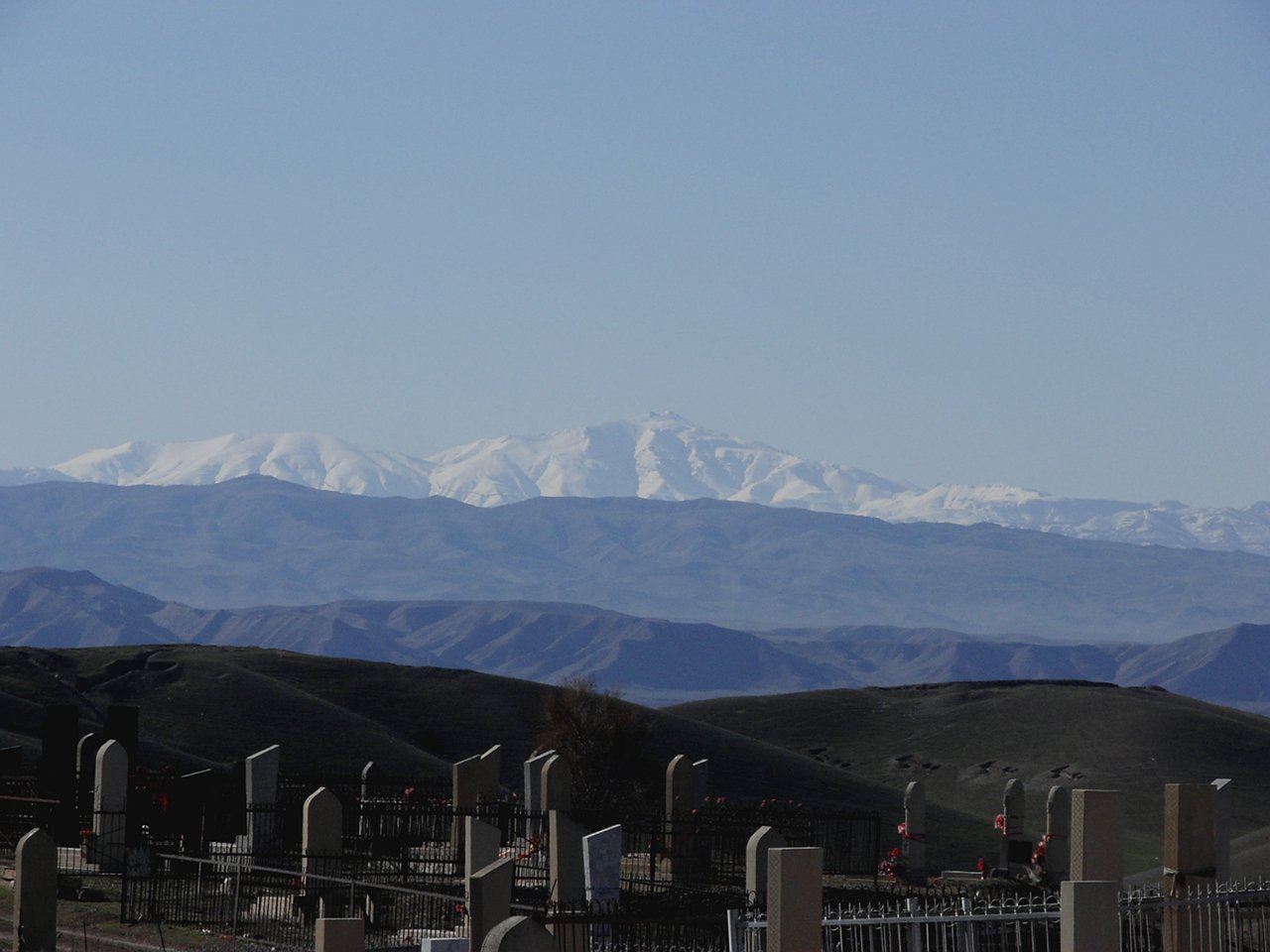Re: News about Artsakh
March 4, 2015 13:17
From year to year Artsakh becomes more attractive to foreign tourists
March 4, 2015 13:17
From year to year Artsakh becomes more attractive to foreign tourists
| In recent years, tourism sphere of Artsakh has recorded a significant progress. And the fact that Artsakh is a part of the international tourism, already indicates of the great achievements in the field. STEPANAKERT, MARCH 4, ARTSAKHPRESS: The Adviser of the Head of the Department of Tourism and Historic Environment Preservation of the NKR Government Artak Grigoryan told the aforementioned in the interview with “Artsakhpress”. "According to statistics, during the period from 2007 to 2013 the number of foreign visitors to Artsakh has grown by an average of 40 percent. These statistical data refer only to the foreign citizens, that visited Artsakh. Data exclude the number of visitors to Armenia," Grigoryan said. If before independence there were 4 hotels in the country, after the declaration of independence high-class hotels with high level of customer service have been built continuously over the years. Currently, 42 hotel facilities with 1187 sleeping places, more than 25 equipped resorts are functioning in the country, the infrastructure has been improving. Tourism is a major source of imported foreign exchange. Thus, according to the observations of the Department of Tourism and Historic Environment Preservation, during 2014 tourists spent an amount nearly equal to 6.4 million US dollars. Additionally, Grigoryan assured that NKR is a very attractive country for investments - the legislative framework is completely formed, there are low interest rates for investments, flexible tax policy is implemented. Close collaboration exists between the government and the private sector in order to promote investment in the tourism sphere. "It should be noted that Artsakh has a great tourism potential. Marketing and infrastructure development complex projects are being organized to make this potential more recognizable and competitive and Artsakh - more attractive to foreign tourists," said the authorized representative of the sphere. During the last 10 years NKR has attended major international tourism exhibitions (Berlin, London, Moscow, Paris, Milan, Rimini, Madrid). In these exhibitions all the visitors and organizations, who are interested, are provided with the necessary information about the NKR tourism potential, informative literature, CDs of films are handed out as well. Moreover, the tourism potential of the NKR is presented in the Internet, particularly through the website www.karabakh.travel and the official pages in the main social networks. Referring to the recent comments of the Azerbaijani Foreign Ministry’s Press Service’s Head Khikmet Gadzhiev in the interview to "Trend" news agency, that there is allegedly a security problem for tourists in Artsakh, A. Grigoryan noted that since Karabakh has been a part of the international tourism, the safety of all the tourists visiting the country is guaranteed, and no tourist faces a threat or any kind of danger in Artsakh, so Azerbaijani official’s statements are complete disinformation. "The so-called" black list" created by Azerbaijan is nothing like a violation of human rights of free movement, obtaining and dissemination of information, enshrined in the Universal Declaration of Human Rights. Along with the aforesaid, the "black list" contradicts a number of fundamental principles set out in the Global Code of Tourism Ethics, the International Tourism Charter, the Charter of the UN World Tourism Organization and others," Grigoryan concluded. |










Comment